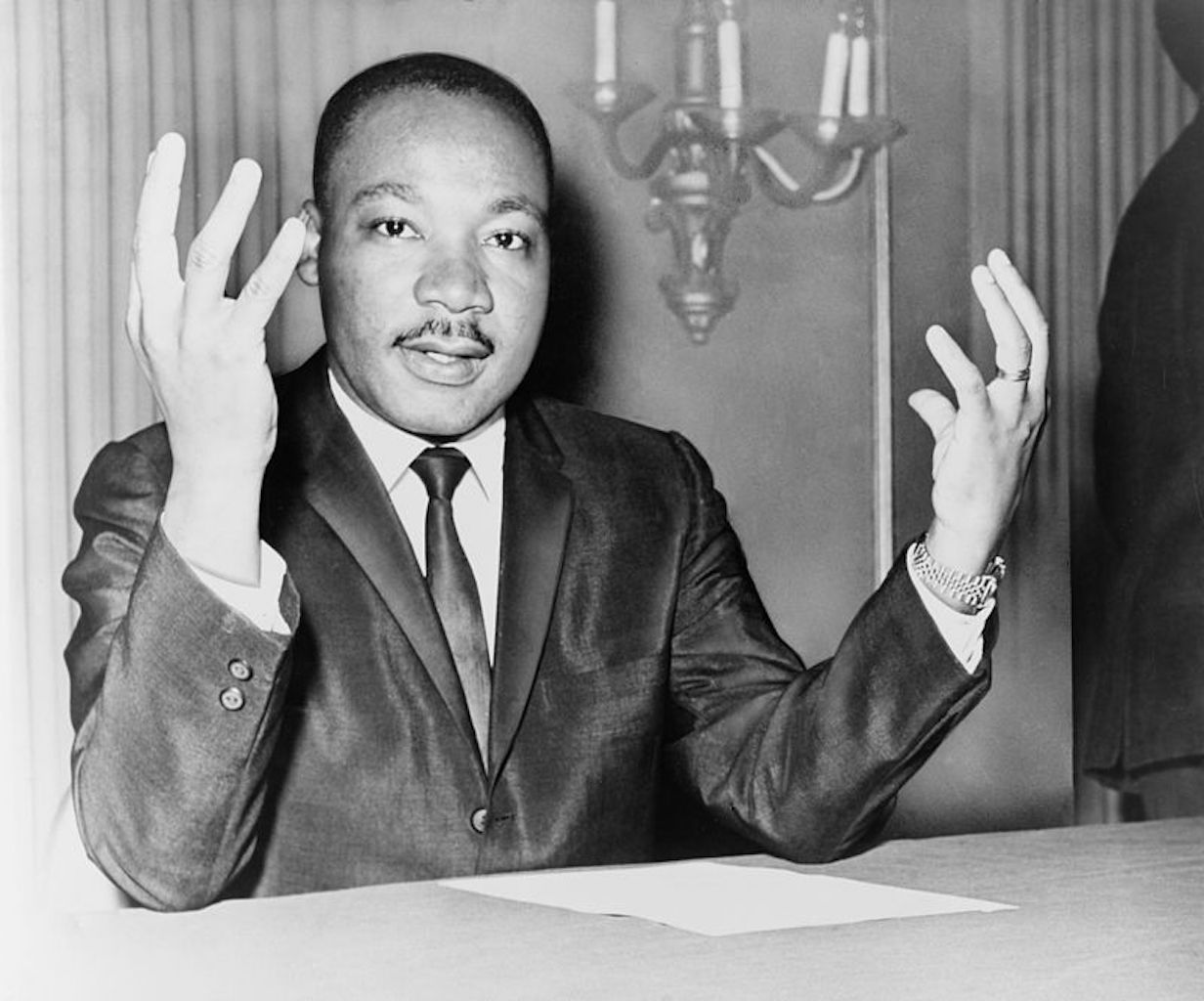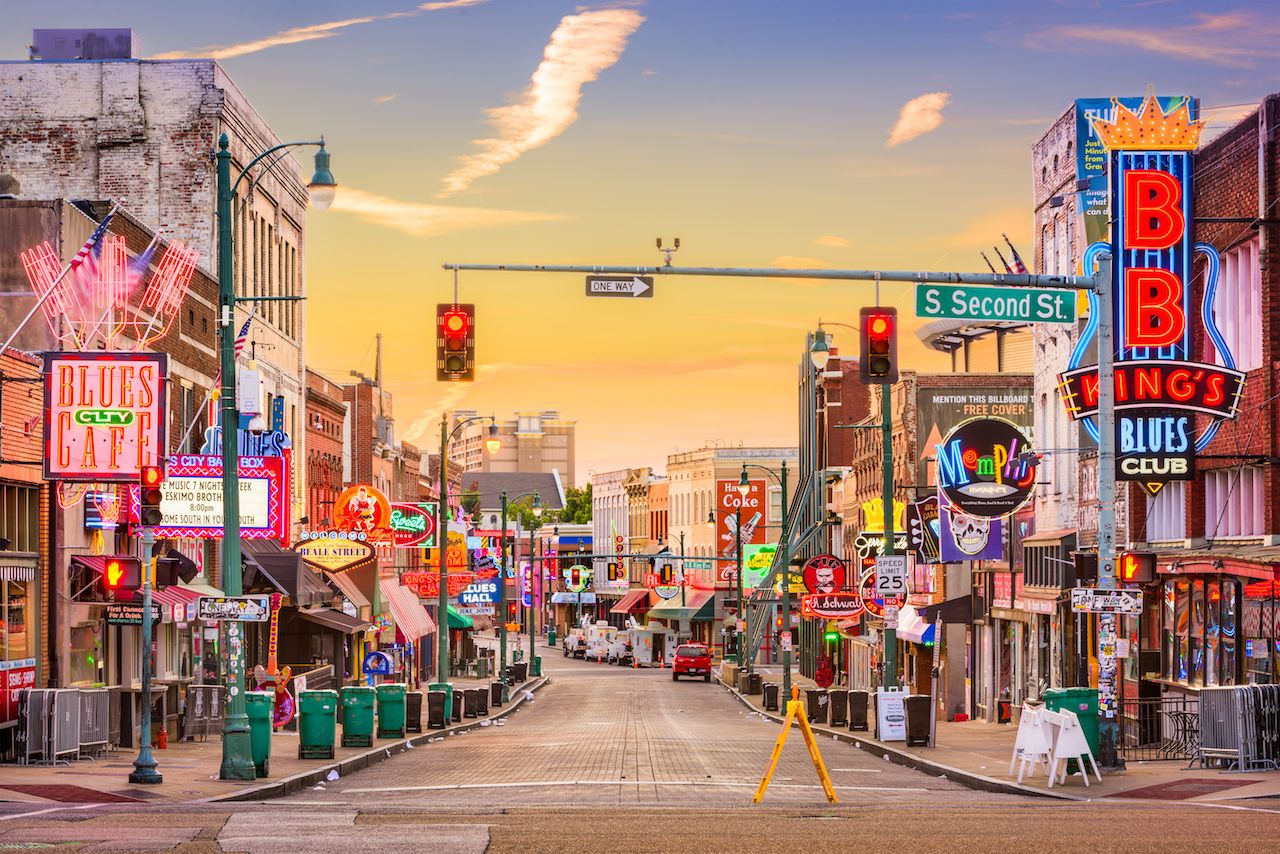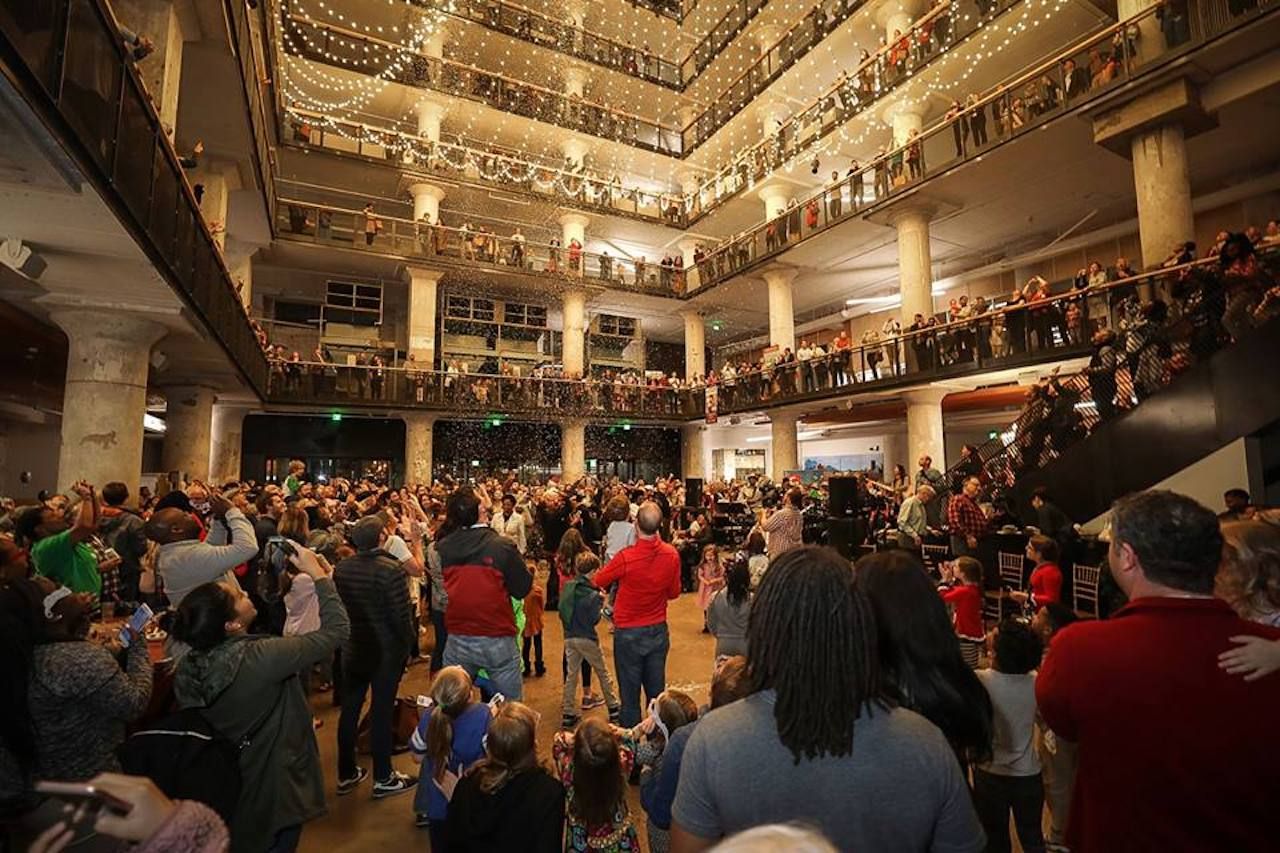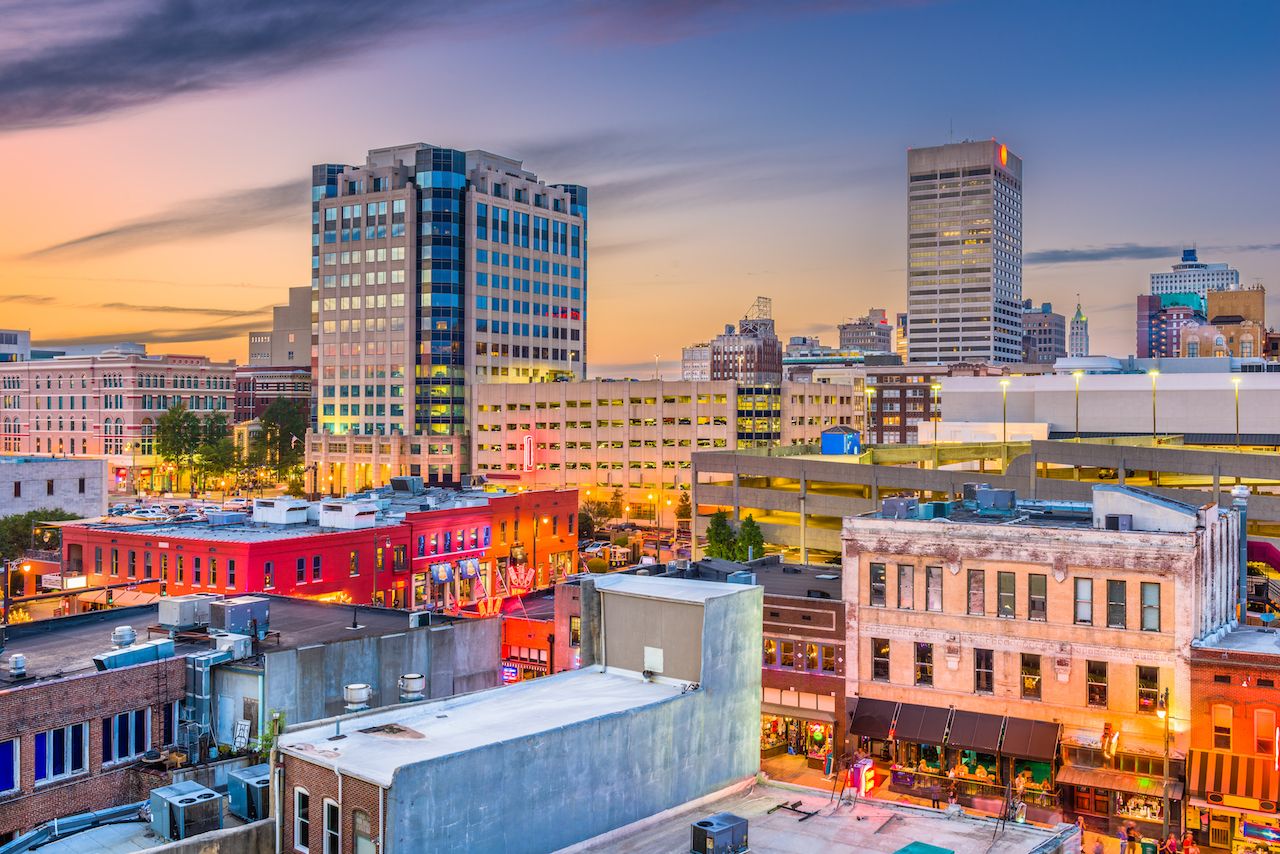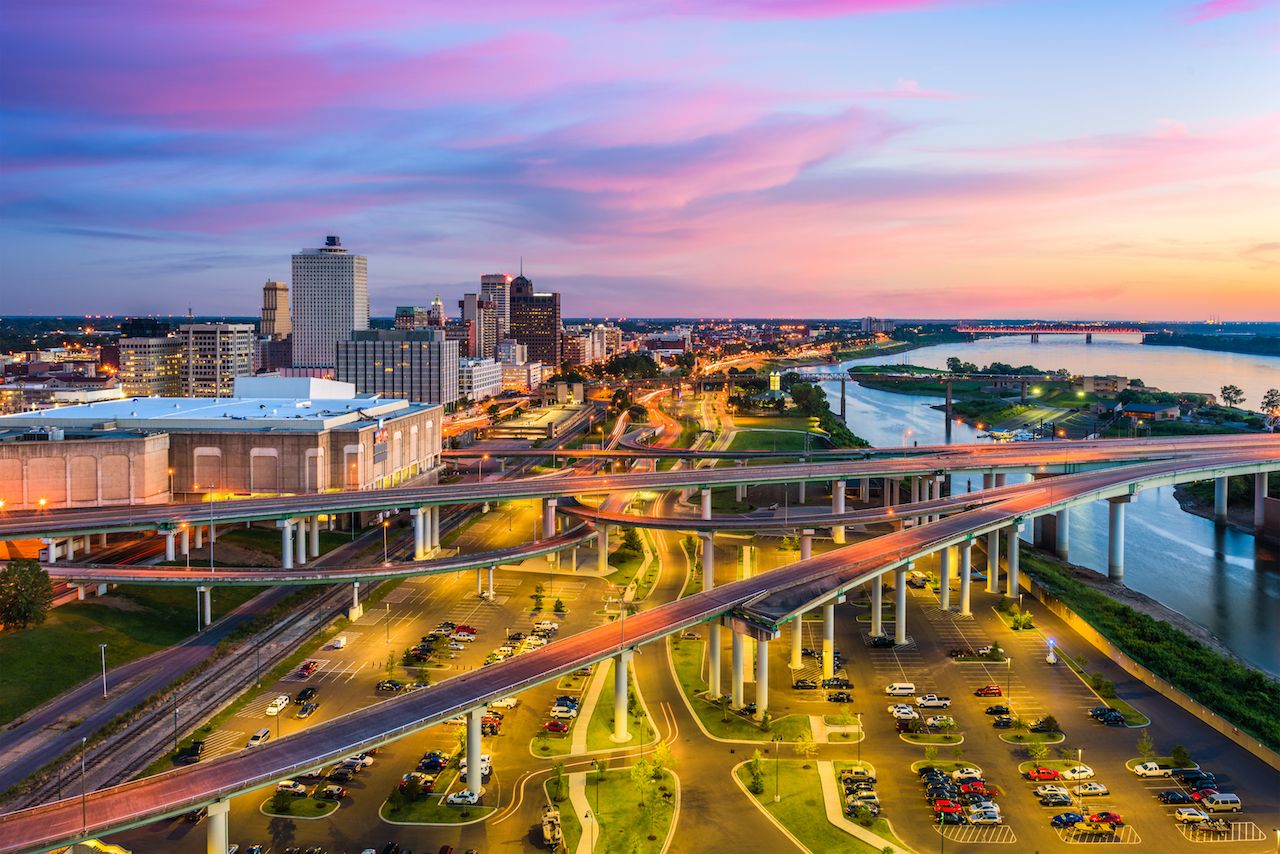Americans, we’re much better with pop music than history.
Which is why the line in U2’s “Pride” that goes, “Shot rings out in the Memphis sky,” is how a lot of people remember where Martin Luther King, Jr., leader of the American Civil Rights movement, was tragically gunned down in 1968.
That’s because most of us don’t really care where it happened. To most Americans, Memphis conjures up images of the neon lights of Beale Street, smoky barbecue, and dirty blues. In the American collective consciousness of Memphis, the King assassination falls somewhere between Elvis Presley and The First 48.
But not in Memphis. Memphis is the kind of hard-nosed, self-aware city that takes these things personally. Every person you strike up a conversation with in a corner bar, barbecue joint, or blues club will talk to you to no end about “Mim-fuss.” And nearly all will bring up the King assassination and how it changed the city forever.
It is, for lack of a better comparison, Memphis’s 9/11.

